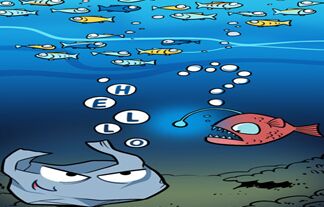塑料污染无处不在
|
In the deepest dive in a manned submersible, US explorer Victor Vescovo spotted and video-recorded a plastic bag and a pile of candy wrappers on the seabed. China Daily reporter Zhang Zhouxiang comments: His discovery of plastic waste 11.2 kilometers below sea level in the Challenger Deep in the Pacific Ocean, the deepest known point in the Earth's oceans, means there is nowhere on this planet plastic waste cannot reach, as it has been found on Mount Qomolangma and in both Arctic and Antarctic waters. Since the patent for plastics was registered in 1907, 8.3 billion tons of plastic products have already been produced, of which 6.3 billion have been disposed of without processing.
Most of the discarded plastic products end up in the ocean. In the Pacific Ocean, plastic garbage and other waste have already formed an island that's 1.6 million square kilometers in size. That is the size of Mongolia. Every year, about 8 million tons of plastic waste flow into the ocean. It is estimated that the total weight of plastic waste will reach 12 billion tons by 2050, more than the total weight of oceanic fish. This plastic waste kills life in the oceans and on the land alike by filling in their stomachs so they cannot eat, or winding around their bodies so they cannot breathe. It pollutes the earth and prevents plants' roots from digging deep into the ground. Plastic micro-particles also join the water cycle and enter the bodies of animals, including humans. As humans are at the top of the food pyramid, plastic micro-particles accumulate inside our bodies. Want to do something to change the situation? Don't get plastic bags at the supermarket take your own reusable one instead. Give up fast delivery lunches and cook or go to the restaurant instead. Get into the habit of sorting your garbage. But that's so much easier said than done. Environmentalists have been calling for behavioral changes for at least three decades, yet we continue to use a growing amount of plastic products. |









